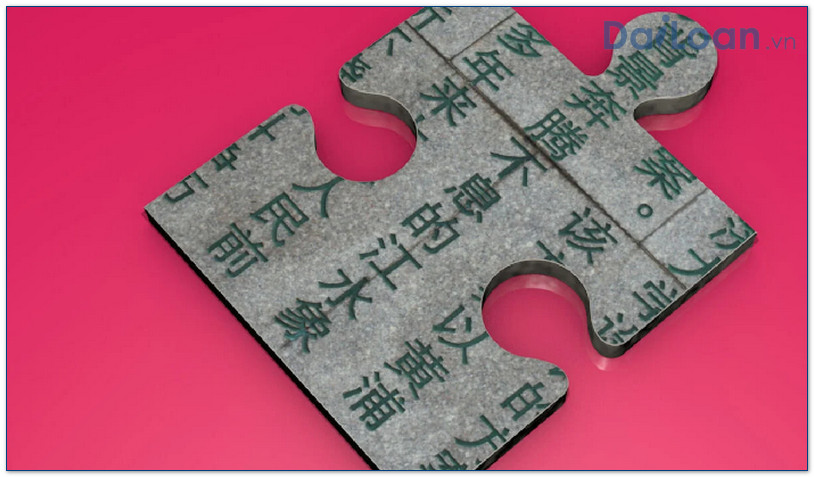Pain is a universal experience, yet its expression varies significantly across languages and cultures. In Mandarin Chinese, one term that encapsulates the concept of pain is 痛楚 (tòng chǔ). This article delves into the meaning, grammatical structure, and example sentences that utilize this term, providing a comprehensive understanding for learners and enthusiasts of the Chinese language.
What Does 痛楚 (tòng chǔ) Mean?
The term 痛楚 (tòng chǔ) is a noun in Chinese. It combines two characters:
- 痛 (tòng): meaning “pain” or “ache.”
- 楚 (chǔ): can mean “clear” but, in this context, emphasizes the state of being painful.
Together, 痛楚 conveys a sense of intense pain or suffering. It is often used in literary contexts, making it a more formal choice when discussing pain, be it physical or emotional.
Grammatical Structure of 痛楚
In terms of grammatical structure, 痛楚 serves primarily as a noun in sentences. Its usage can be compared to other nouns that express emotions or sensations. Here’s a breakdown of its grammatical components:
- Character Breakdown: It consists of two separate characters that combine to form a concept.
- Usage: It can be modified by adjectives or quantifiers to express varying levels or types of pain. For instance, 很痛楚 (hěn tòng chǔ) translates to “very painful.”
- Position in a Sentence: It typically appears as the subject or object, depending on the structure of the sentence.
Example Sentences Using 痛楚
To better understand how 痛楚 is used in context, here are some example sentences:
1. Describing Physical Pain
我感到很痛楚。(Wǒ gǎndào hěn tòng chǔ.)
I feel a lot of pain.
2. Expressing Emotional Suffering
她的离去使我感到痛楚。(Tā de líqù shǐ wǒ gǎndào tòng chǔ.)
Her departure causes me pain.
3. Discussing Pain in a Medical Context
医生说我的伤口可能会痛楚几天。(Yīshēng shuō wǒ de shāngkǒu kěnéng huì tòng chǔ jǐ tiān.)
The doctor said my wound might be painful for a few days.
4. Literary Usage
这个故事充满了痛楚和挣扎。(Zhège gùshì chōngmǎnle tòng chǔ hé zhēngzhá.)
This story is filled with pain and struggle.
Conclusion
In conclusion, 痛楚 (tòng chǔ) is a significant term in the Chinese language that captures the essence of pain. Understanding its meaning, structure, and application can enhance your vocabulary and comprehension of emotional and physical expressions in Mandarin. By utilizing this term in relevant contexts, learners can gain a deeper appreciation of the cultural nuances associated with concepts of pain in the Chinese language.

Sứ mệnh của Chuyên là giúp đỡ và truyền cảm hứng cho các bạn trẻ Việt Nam sang Đài Loan học tập, sinh sống và làm việc. Là cầu nối để lan tỏa giá trị tinh hoa nguồn nhân lực Việt Nam đến với Đài Loan và trên toàn cầu.
CÓ THỂ BẠN QUAN TÂM
Du học Đài Loan
Lao Động Đài Loan
Việc Làm Đài Loan
Đơn Hàng Đài Loan
Visa Đài Loan
Du Lịch Đài Loan
Tiếng Đài Loan
KẾT NỐI VỚI CHUYÊN
Zalo: https://zalo.me/0936126566
Website: www.dailoan.vn




